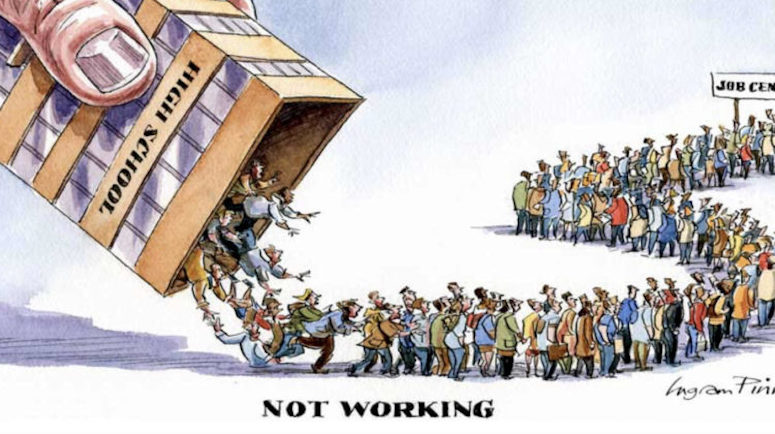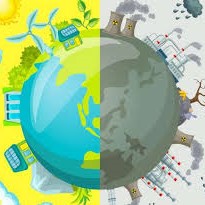
From the past 2 decades, India, the country with the second most population in the world, is relatively struggling with poverty and unemployment. Juggling from 5.69 % in 1999 and 5.36 % in 2019, it reflects a lot about the employment gap in the country.
India, considered as one of the rapidly growing economies, is also recognized as a part of the G-20 economies and also is a member of the BRIC countries. BRIC is an association of Brazil, Russia, Indian and China, zoning together as growing economies.
When digressing deeply, the manufacturing industry plays a significant role in the development of the country. But, the services industry plays the most important role in terms of raising the economy, which is where most of the population of the country works. India’s economic boost is attributed to efficiency of the production of goods and also by having low debt as compared to the overall earning from the goods and services.
On comparing with the countries in the BRIC association, India is still relatively behind than the three countries with stagnancy in India’s efficiency and productivity over the past 3 – 4 years. India is also experiencing significant amount of trade deficit with the country’s imports surpassing the export of goods which has pushed the nation to borrow huge sum of money in order to constantly fund the rising needs of the country.
Indian youth and unemployment
Indian youth, pertaining to the age group from 15-24 years, has a higher unemployment rate and are actively seeking for jobs as compared to older adults which is the general trend. Indian youth has an even higher unemployment rate than the national unemployment rate. Considering the statistics, in 1999, the youth unemployment rate was 17.75 %, whereas in 2019, it soared as high as 23.34 % pushing the youth unemployment rate of India below the global equivalents.
With respect to Asia-Pacific region countries, India has a middle mark with Cambodia falling behind by 1% and Afghanistan has the highest at 8.8%.
2020, Covid-19 and the rising unemployment rate
Indian economy was subjected to a subsequent pause with the Covid-19 pandemic induced lockdown from March 2020. There has been a gradual fall in the employment of the daily wagers, labourers and people having low paid jobs or earning on daily or weekly basis.
Apart from the essential services like food, and medicines, other sectors have suffered. Small scale businesses have gone on losses, where people are losing out on jobs dropping the unemployment rate to 9.1% by August 16 as per the data released by Centre of Monitoring Indian Economy. The unemployment rate was as high as 11.6% around June 14.
Apart from the unemployment soaring high in urban and semi-urban areas, it was also equally prominent in rural areas. The rural unemployment rate had become 8.86 % by mid-August and was at a peak of 10.96 % in mid-June.
As the businesses have started picking up, some migrant workers are being called back particularly for real estate and construction sector but the workers in the retail and hospitality sectors are having big challenges. The everyday workers in the entertainment sector are also having a financial crux.
It is getting worse for the fresh graduates, as, most of them coming out from media, hospitality, travel-tourism, textiles, etc are attempting to work as unpaid interns to be in the competition. Other sectors, which may seem to be un-affected like IT, pharmaceutical are also laying of jobs or giving extreme pay-cuts.
India, having a population of over 132 crores has a lot of battles to fight, but one of the toughest would be employment and poverty. And, amid the global crisis, it will take a lot of time to damage-control and create new opportunities.


